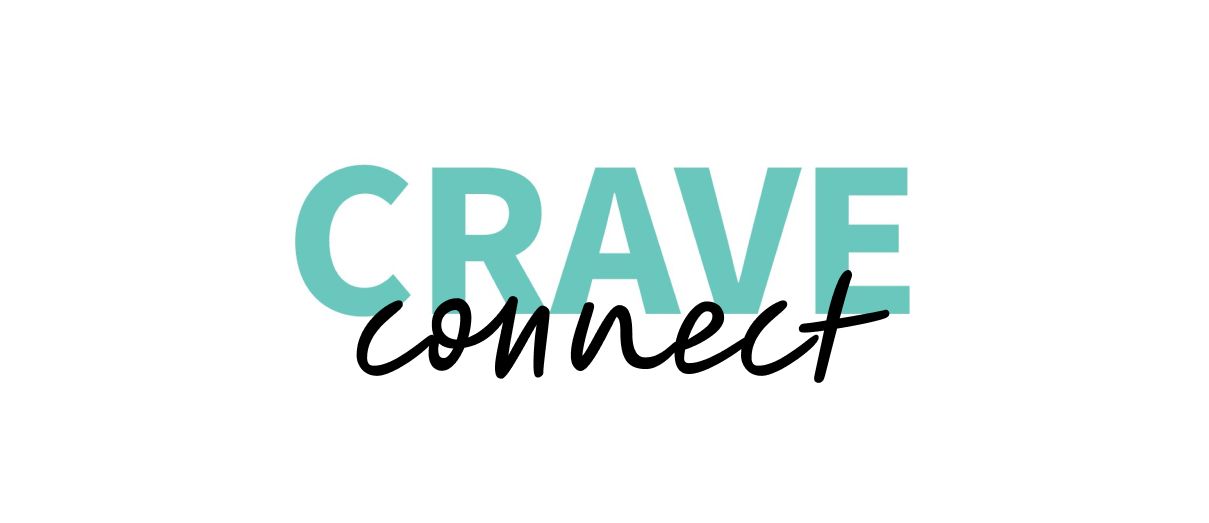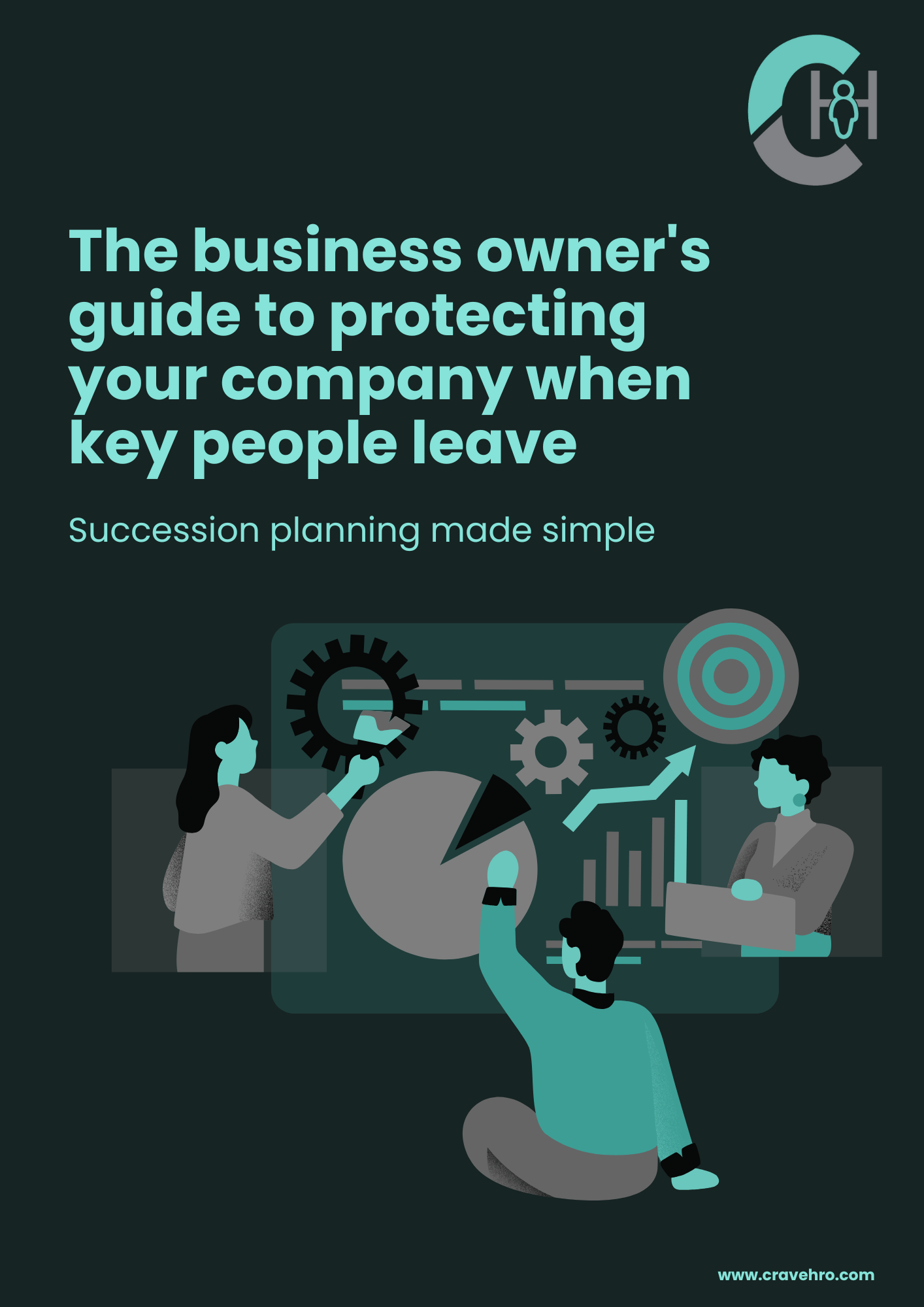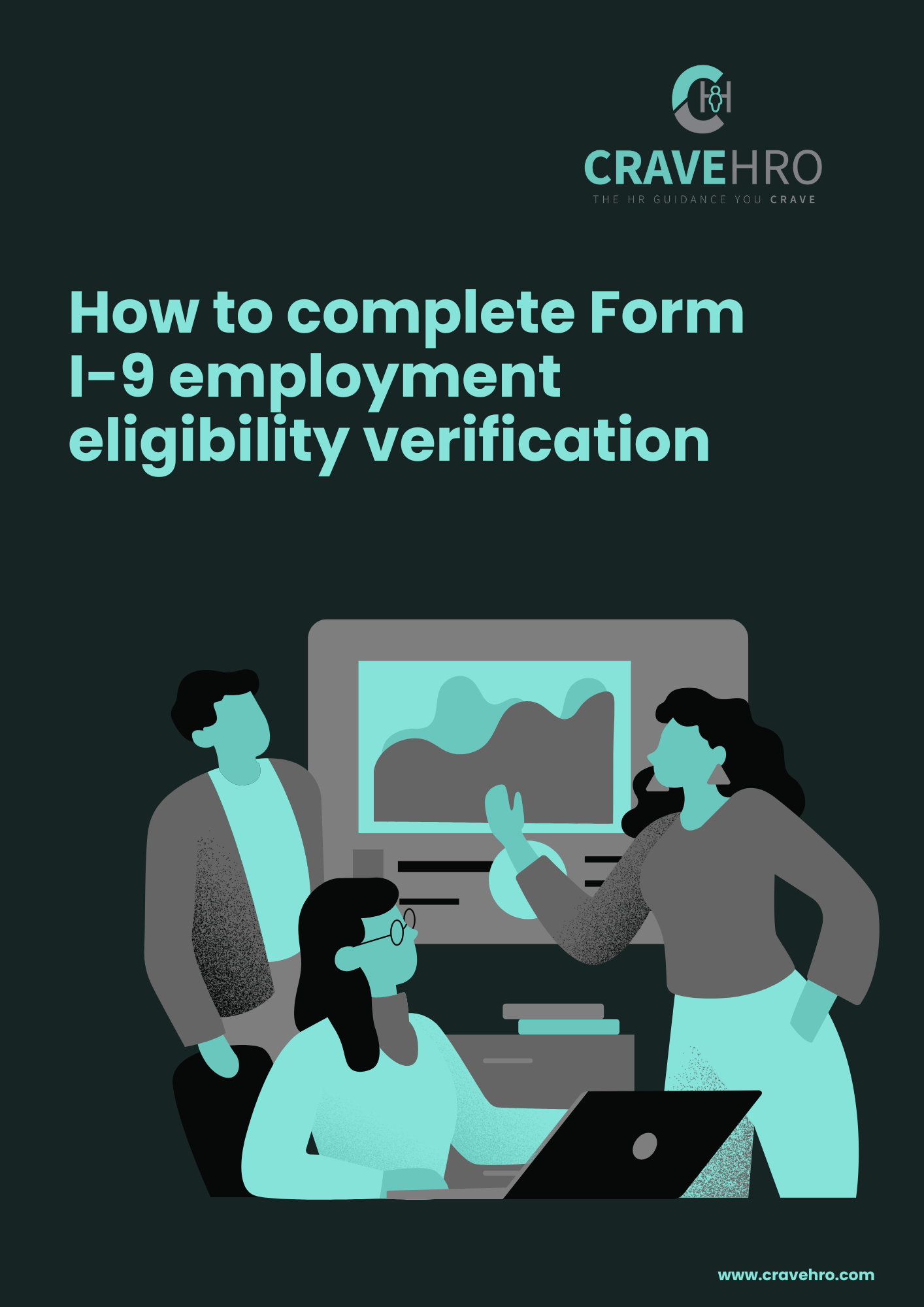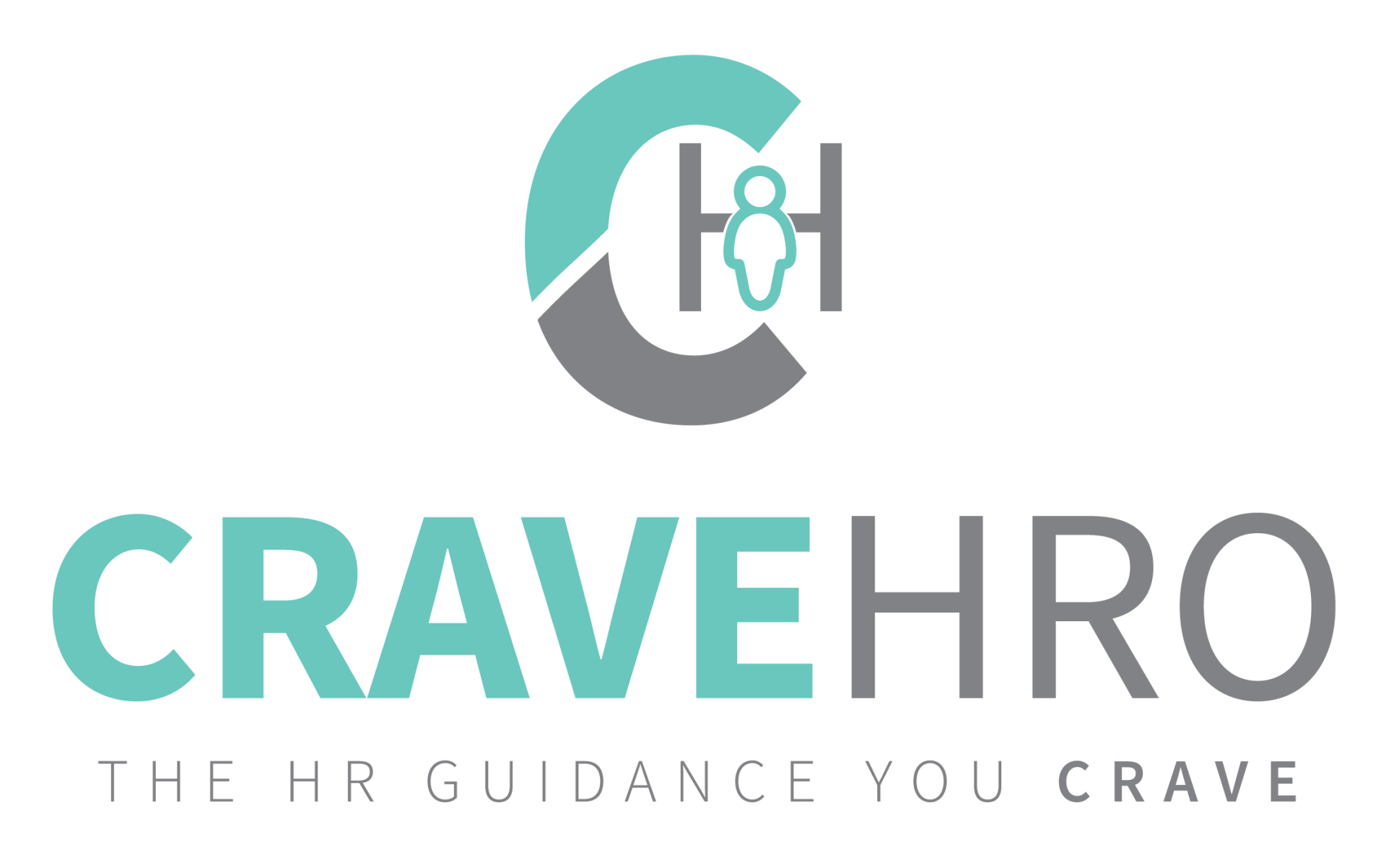Is your team scattered across different locations? 🏠 🏭 🏢
Managing performance isn't easy when you can't see everyone in the same room.
I'm hearing from business owners daily that this is one of their biggest headaches.
How do you keep everyone on track without micromanaging? And how do you make sure on-site staff don't resent those working from home?
In today's newsletter, I share 6 practical steps to manage your remote team's performance effectively, without creating unnecessary admin or frustration.
These aren't theoretical ideas - they're battle-tested approaches that I've helped to implement with businesses just like yours.
Read it below. ⬇️
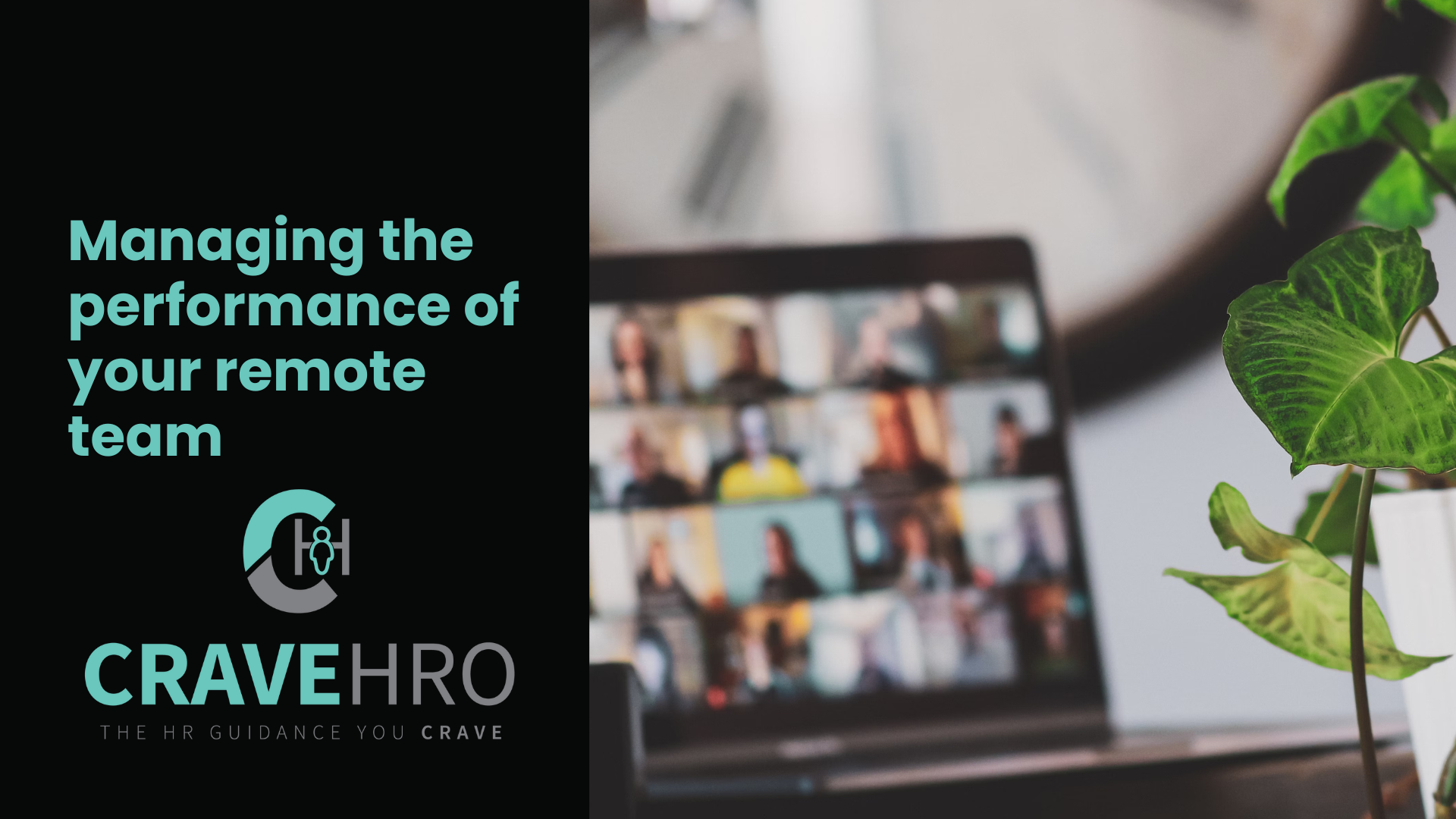
The most effective remote-friendly companies share one thing: they measure what people achieve, not how visibly busy they appear.
Here's how to make this work in your business:
1. Be clear about expectations
Remote working thrives on clarity. Every team member needs to understand:
- What they're responsible for delivering
- When it needs to be completed
- How success will be measured
- Who they're accountable to
This isn't micromanagement - it's providing the structure that enables autonomy. When expectations are vague, anxiety fills the gap.
2. Talk regularly, not just when things go wrong
Regular one-to-one meetings are the backbone of effective remote management. These conversations should:
- Follow a consistent schedule (weekly or every other week)
- Focus on progress, any obstacles and support needed
- Allow space for both work updates and well-being check-ins
- Adapt in length and format to suit different roles
Remember that a quick 15-minute video call can often resolve issues that might fester over email or messaging apps.
3. Agree how work gets tracked
Different teams need different reporting methods, but consistency is key. Consider:
- Project management tools that create visibility of work in progress
- Team dashboards that track key metrics
- Structured templates for weekly updates
- Regular team meetings where achievements are shared
The right reporting strikes a balance – providing visibility without creating unnecessary admin burden.
4. Make sure everyone feels included
In mixed teams, those not physically present can quickly become forgotten. Prevent this by:
- Creating multiple channels for communication and feedback
- Ensuring that important conversations happen in shared spaces, not casual chats
- Writing down decisions and sharing them promptly
- Varying meeting times to suit different working patterns
Remember that inclusivity isn't just about tools – it's about mindset. When one person joins remotely, treat the whole meeting as remote.
5. Get your teams working together
When teams split by location, walls go up. Counter this by:
- Creating mixed project teams across different locations
- Running regular skill-sharing sessions
- Using tools that allow real-time teamwork
- Planning occasional face-to-face events to build relationships
These connections help to break down the invisible barriers between remote and on-site staff.
6. Notice good work, no matter where it happens
Recognition can easily become biased towards visible work. Make a conscious effort to:
- Celebrate achievements from all team members, regardless of location
- Create visibility for "behind the scenes" work
- Ensure that progression opportunities are equally accessible
- Gather feedback from all team members about recognition practices
The most engaged remote teams feel valued for their contributions, not just their availability.
Making remote work actually work
Managing remote teams isn't about control - it's about creating conditions where people can do their best work, wherever they are.
Get it right and you'll build a stronger, more adaptable business that keeps good people.
Get it wrong and you risk creating division with all the problems that brings.
If you're finding it hard to manage a remote or hybrid team, we can help you to build practical systems and reduce your stress.
Get in touch for a chat about making remote work successful in your business.


